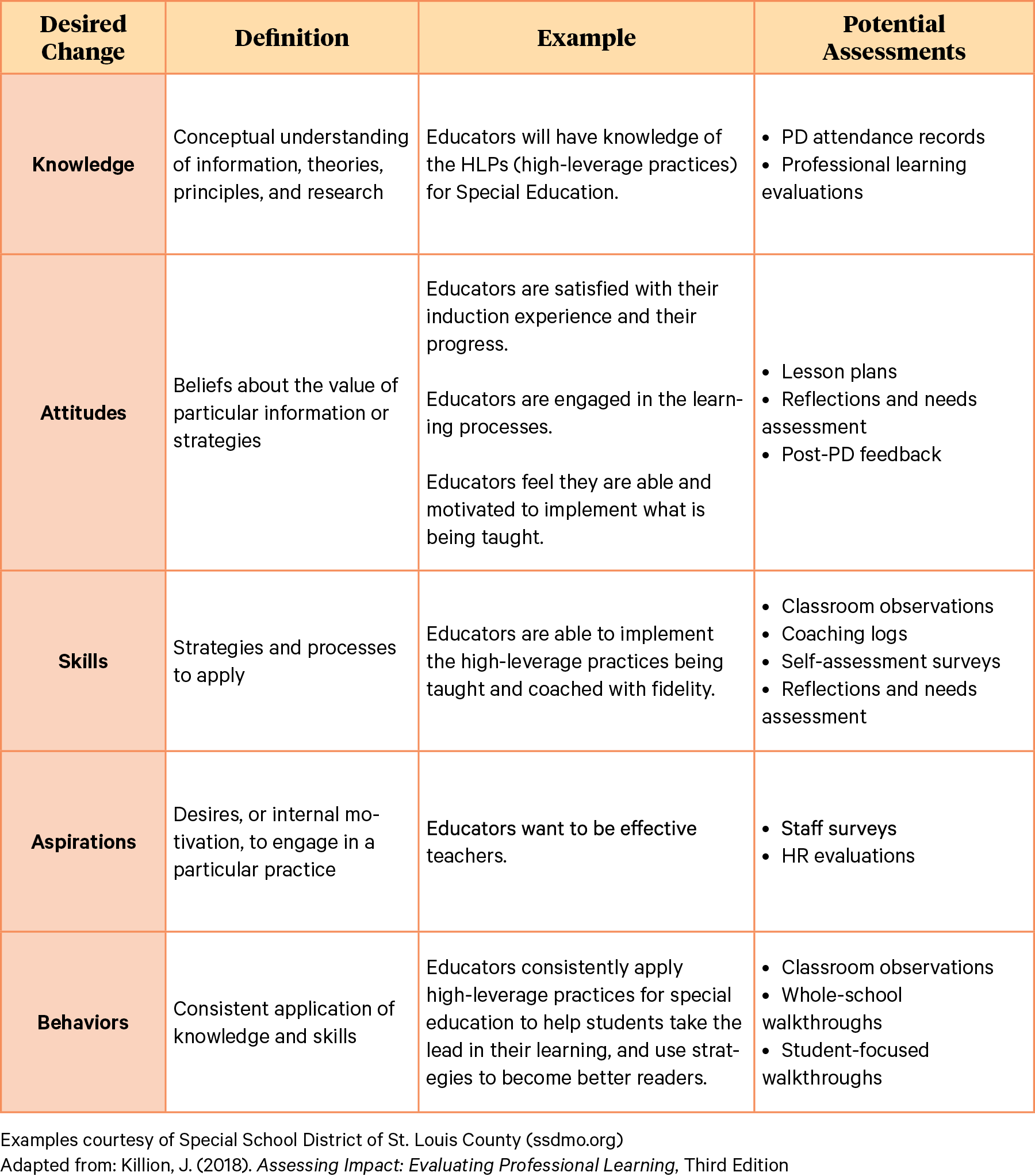
It’s never been more important for education systems to demonstrate impact from their professional learning programs. The policy shift from test-based outcomes to more flexible, comprehensive success standards has brought new possibilities — and challenges — to every level of operations, and that includes professional learning.
Join KickUp as we examine six of the most common roadblocks to thriving data cultures. With practical tips, guiding questions, and real-life examples of districts excelling through data, you can push your professional learning program to new levels of effectiveness.
Achieving success in anything, from learning the piano to project management, rests on defining exactly what “success” means. Today: tying numbers to actions to goals.

TACKLING COMMON DATA ISSUES | PROBLEM 2
As a PD professional, you’re working toward one broad goal: supporting your teachers in becoming the best educators they can be.
What constitutes “success” varies by your district, but it’s typically a combination of qualitative (“teachers are fostering an academically focused school environment”), and quantitative (“teachers reported at least an average three-hour per week grading time reduction after training”).
The spirit of qualitative goals often gets lost in translation, leaving unambiguous metrics: hours clocked, evaluations filled, and sessions attended. While contextually useful and easy to collect, it’s hard to argue that they capture a full picture of your PD program’s success.
So how do you balance maintaining compliance, hitting district goals, and doing the real work of inspiring your teacher-leaders to achieve?
It’s not by defaulting to the safety of easily-measurable but shallow metrics — it’s by sharpening the focus of the qualitative changes.
The KASAB (Knowledge, Attitudes, Skills, Aspirations and Behaviors) Model breaks down five types of change that occur as a result of professional learning.
Originated by education researcher Joellen Killion, author of Assessing Impact (2018), KASABs both define the goal (“Beliefs about the importance and value of new learning and strategies,”) and illustrate how it plays out successfully (“A teacher believes differentiation is an important strategy to drive learning for all students”).
The way that PD administrators can formatively assess KASABs in the moment is understanding what success looks like. At the system scale, this can take a variety of forms such as:
Now it’s time to get to the nitty-gritty. Let’s take a look at how one real-life school district organizes their KASABs:

Special School District of St. Louis County (SSD) provides special education services and technical education to over 24,000 students across the Missouri district.
With a sizable high-need population, significant activity volume, and in-home services for 97% of IEP students, SSD is committed to making sure each of its 2,700 educators is fully supported.
The above KASABs are straight from SSD’s new teacher induction steering document. As the district hires new educator talent, they focus on learning:
You can see, then, how KASAB shifts become extremely important barometers for long-term program success. By translating KASABs into key questions, SSD’s data specialists can clearly map them to the different short- and medium-term outcomes defined in the logic model. Educators, coaches, principals, and administrators are aligned and able to clearly define what changes they’re looking for during formative evaluation.
Throughout the process, the team can use the data to focus on what part of the goal actually needs work — whether it’s drilling down on content knowledge, creating implementation time, building up new teacher confidence or aligning attitudes.
Directly connecting this kind of qualitative understanding with the defined, quantitative goals of essential PD operations will help you gain a deeper clarity and insight into not just what the data actually says, but which levers or actions will drive its success.
Schedule a demo with one of our friendly team members.